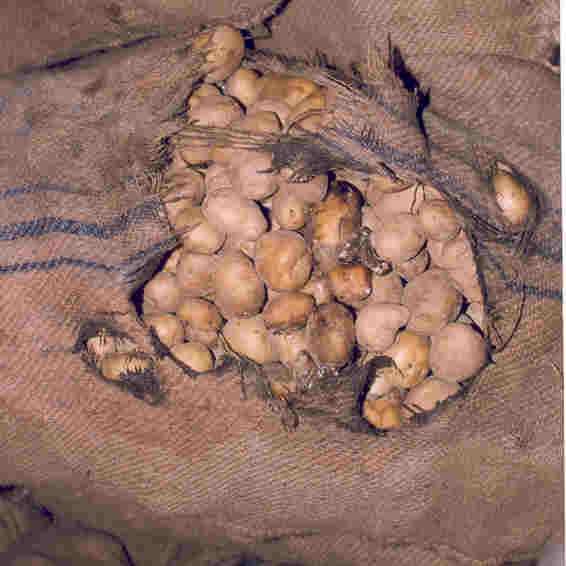
Pathogenic losses:
Losses in potatoes caused by pathogens are greater than the losses due to physiological causes. Physical damage to tubers during harvesting and handling aggravates the attack of bacteria and fungi leading to quantitative loss. Generally, the more common storage diseases caused by fungi are late blight, dry rot and pink rot. The most severe bacterial disease that causes rotting is soft rot. When infection occurs in the field, rotting begins in the field and continues during storage. When infection occurs after harvesting, it is generally through mechanical injury as in the case of dry rot. High humidity and condensation of water on tuber surface can lead to infection by soft rot causing bacteria Erwinia spp. Qualitative losses are caused by diseases such as common scab, powdery scab, black scurf and wart, which affect the appearance of the tuber and thus reduce the market value of potatoes. Among the insect pests, tuber moth causes maximum damage during storage and is common in potatoes stored under higher temperatures, as is the case with non-refrigerated storage. The larval damage results in direct weight loss and tuber moth infection greatly reduces market value of the tubers.
